Load Cells
The world around us relies on precise measurement. From the delicate scales that weigh your groceries to the colossal bridges that bear our traffic, a hidden hero underpins their accuracy: the load cell. These remarkable sensors convert applied force, weight, or tension into a measurable electrical signal, silently ensuring the integrity and efficiency of countless applications.
Showing 1–16 of 33 results
-
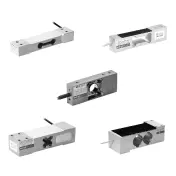
Single Point - Platform (14)
-
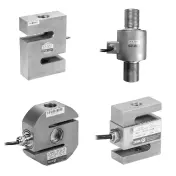
S-Type - Universal (4)
-
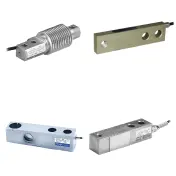
Shear Beam - Bending (5)
-
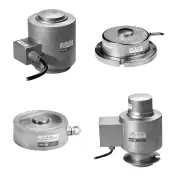
Compression - Ring (7)
-
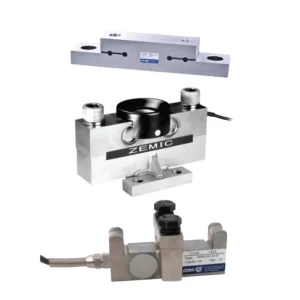
Double Ended Beam (3)
-
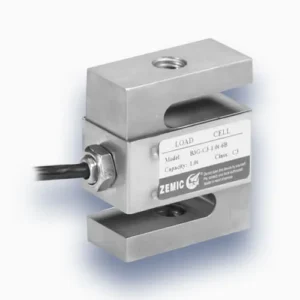
Zemic B3G
Buy Now -
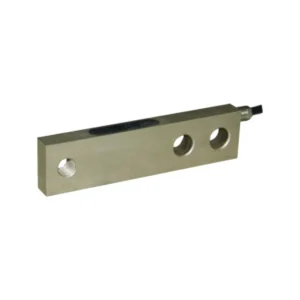
Zemic B8Q
Buy Now -
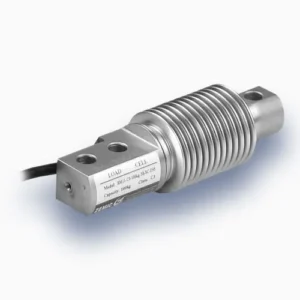
Zemic BM11
Buy Now -
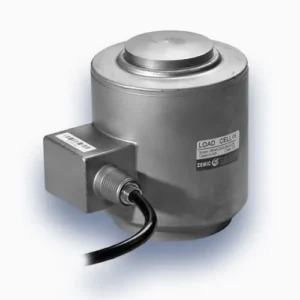
Zemic BM14A
Buy Now -
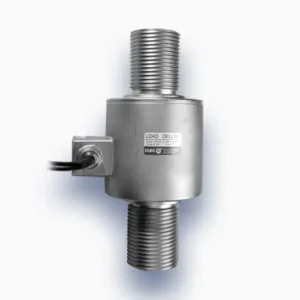
Zemic BM14D
Buy Now -
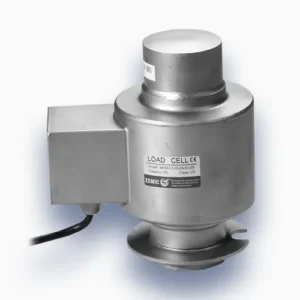
Zemic BM14G
Buy Now -
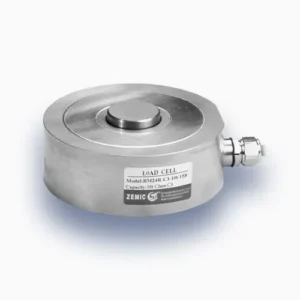
Zemic BM24R
Buy Now -
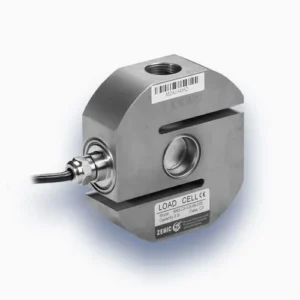
Zemic BM3
Buy Now -
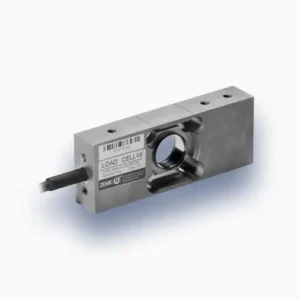
Zemic BM6A
Buy Now -
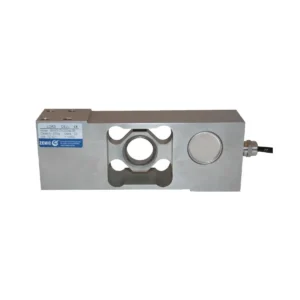
Zemic BM6G
Buy Now -
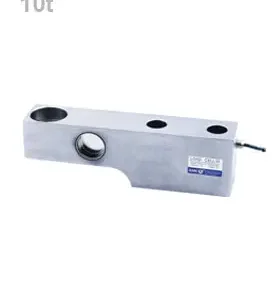
Zemic BM8G
Buy Now -
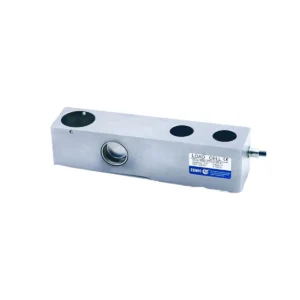
Zemic BM8H
Buy Now -
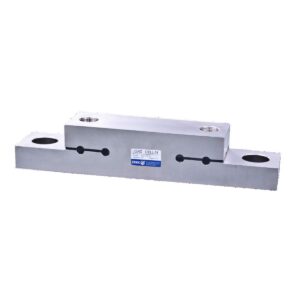
Zemic H10J
Buy Now -
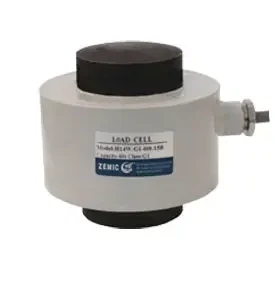
Zemic H14W
Buy Now -
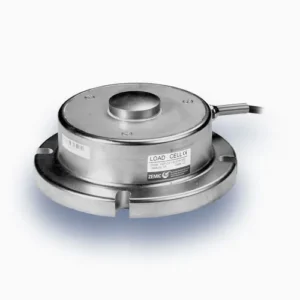
Zemic H2F
Buy Now -
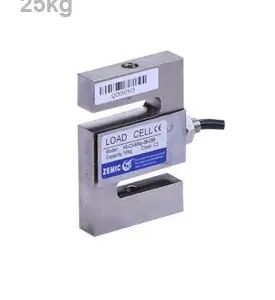
Zemic H3
Buy Now
Applications:
- Industrial Scales: From factory production lines to heavy-duty weighbridges, load cells ensure accurate measurement of raw materials, finished products, and everything in between. This accuracy is crucial for inventory control, cost management, and maintaining product quality.
- Weighing in Transportation: Load cells are the backbone of truck scales and weighbridges, ensuring proper load distribution and compliance with weight regulations. This promotes safety on our roads and prevents infrastructure damage.
- Force Measurement in Construction: Load cells play a vital role in construction by measuring the tension in cables, the weight of building components, and the force exerted by cranes and lifts. This ensures structural integrity and worker safety during construction projects.
- Medical Applications: From the delicate scales used to weigh newborns to sophisticated force measurement devices used in surgery, load cells contribute to patient care precision.
- Everyday Encounters: Load cells are surprisingly ubiquitous. They ensure the accuracy of your weight at the doctor’s office, the functionality of your bathroom scale, and even the proper tensioning of strings on your tennis racket.
Loadcell Types:
- Single-Point or Platform Loadcells: These versatile load cells are for platform scales and various industrial applications such as packaging machines and sorting systems
- S-Type and Universal (Tension and Cmpression) Loadcells: These loadcells are suitable for crain scales, hopper and a wide range of industrial applications.
- Bending and Shear Beam Loadcells: Ideal for applications requiring high capacities and resistance to side loading.
- Compression and Canister Loadcells: Designed for weighing applications where the force is applied directly to the top of the loadcell. Well-suited for weighing silos, tanks, and other large vessels.
- Double Ended Beam Loadcells: Suitable for truck scales and also for specific applications in industrial weighing systems
Construction:
- Load Sensing Element: This is the heart of the load cell, often made from high-grade steel, aluminum, or special alloys. It is designed to deform slightly under applied force.
- Strain Gauges: These are tiny electrical resistors bonded to the load sensing element. When the element deforms under force, the strain gauges experience a physical change in their shape, which alters their electrical resistance.
- Signal Conditioning Electronics: This circuitry converts the change in resistance from the strain gauges into a proportional electrical signal that can be easily measured and interpreted by data acquisition systems.
